Archive for the ‘Nature Study’ Category
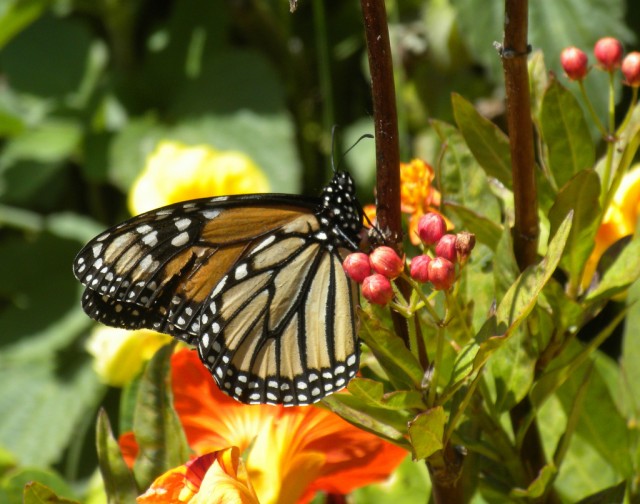
I’ve been blogging about Monarch butterflies practically from the moment this blog began. I’ve been growing milkweed, the only host plant for monarch caterpillars, in our yard for over a decade—first in Crozet, Virginia, and then here in San Diego after our move seven years ago. When you leave a comment on this blog, if you don’t happen to have a WordPress avatar set up, the default avatar is a picture of milkweed from my garden. I made a very dopey video, once, showing some of our butterfly plants, and was lucky enough to catch a Monarch in the act of laying an egg on the underside of a leaf. We’ve been a family wrapped up in bees and butterflies for a very long time.
We had a fair number of caterpillars last year, enough to eat our five plants to the ground. But this year may be different.
This year, the giant Monarch migration that takes place in the mountains of Mexico has been, well, not exactly giant.
…for the first time in memory, the monarch butterflies didn’t come, at least not on the Day of the Dead. They began to straggle in a week later than usual, in record-low numbers. Last year’s low of 60 million now seems great compared with the fewer than three million that have shown up so far this year. Some experts fear that the spectacular migration could be near collapse.
The reasons aren’t a mystery:
A big part of it is the way the United States farms. As the price of corn has soared in recent years, driven by federal subsidies for biofuels, farmers have expanded their fields. That has meant plowing every scrap of earth that can grow a corn plant, including millions of acres of land once reserved in a federal program for conservation purposes.
Another major cause is farming with Roundup, a herbicide that kills virtually all plants except crops that are genetically modified to survive it.
As a result, millions of acres of native plants, especially milkweed, an important source of nectar for many species, and vital for monarch butterfly larvae, have been wiped out. One study showed that Iowa has lost almost 60 percent of its milkweed, and another found 90 percent was gone. “The agricultural landscape has been sterilized,” said Dr. Brower.
This article touches, too, on the dire plight of the honeybee, about which I’ve had much to say on this blog over the years.
I don’t often feel helpless. But with this, I do. What can I do beyond the small acts I’ve been doing? Planting milkweed, singing the joys of bee-and-butterfly gardening, avoiding pesticides and herbicides even though that means I have a weedy garden. Keep on singing, I guess?
We went geocaching at a nearby park today. No luck locating the cache (we’ll try again), but we were dazzled by a close encounter with what we think was a great blue heron. He was just standing there on the grass a few yards away, gazing broodingly into the distance. Beanie and Rilla edged as close as they dared and studied him for a long time while Rose and I scoured the leaf litter for that well-camouflaged cache.
My photos didn’t come out terribly well, but when we got home, Rilla drew this picture from memory. What do you think? Great blue?
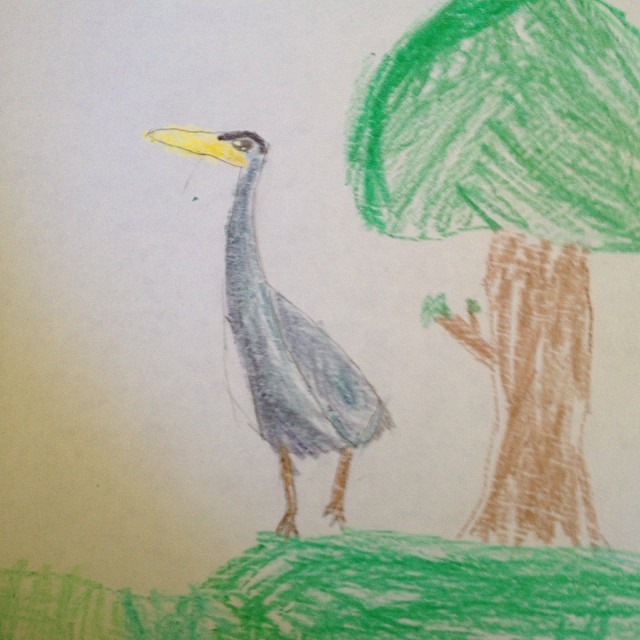
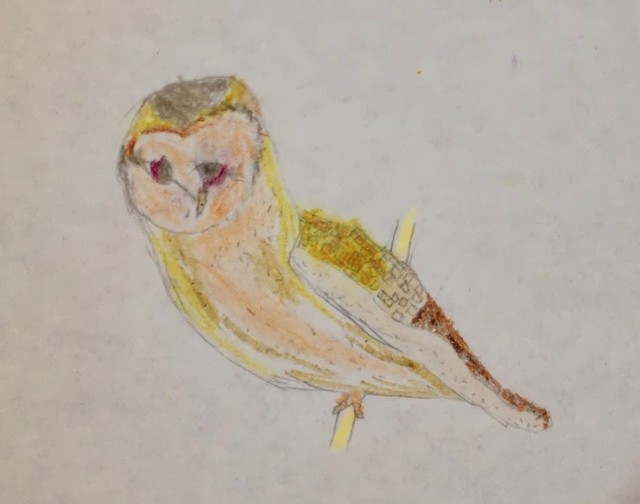
“I flipped the face,” she told me—changed its angle from the tutorial in the book, using a field guide photo to help her. I love the work she’s doing with texture and shading here, diving in and trying things out. The speckles on the breast, the little squares on the wing.
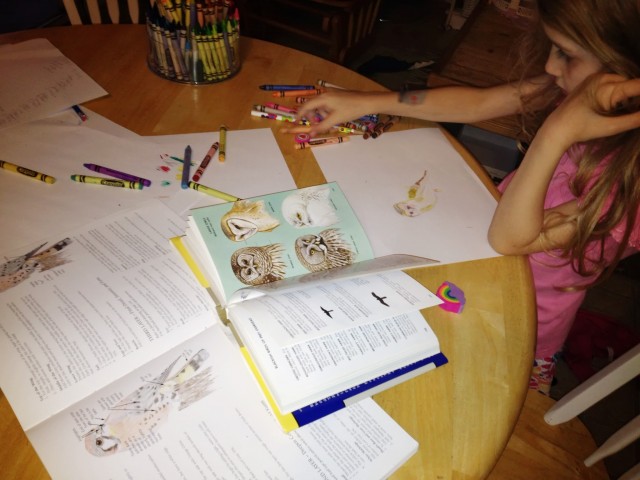
So much of my role with Rilla is staying out of her way. Giving her vast stretches of time to draw and play, giving her space to get messy in. (Actually, she’s kind of a type A artist—very precise about her materials and workspace.) And of course strewing, strewing, strewing, the good old Sandra Dodd coinage* that captures the essence of my approach to family life: leave neat stuff where the kids can find it—and be around to talk about it when they’re ready.
She spent half the evening working away at this owl. Yesterday it was a pair of goldfinches, because they’ve been delighting us at our feeders.
Here’s the book that has captured her fancy: Drawing Birds with Colored Pencils. Amazon tells me I bought it in August, 2011. It saw a brief period of use then, with Beanie I think, and has mostly lived on the field guide shelf until now. I don’t know if it was chicken or egg—whether Rilla found the book and decided to dive in, or went hunting for help because she wanted to draw birds. I’ll ask her tomorrow, if I remember. All our drawing and nature books are stashed on shelves in our dining area, right behind Beanie’s chair and directly in Rilla’s line of sight.
*Sandra’s strewing page begins with a quote, “I just strew their paths with interesting things,” captioned “long ago, AOL homeschooling boards.” I was there, reading along, nursing infant Jane, when she wrote it! And now, many strewn paths later, Jane’s preparing to head off to college. We made the first big dorm shopping expedition today. I can still see those early AOL conversations scrolling across my screen—I got my first modem and my first baby in the same month—and thinking, Ohhh, this homeschooling thing has possibilities, I’ve gotta talk to Scott. Amazing.
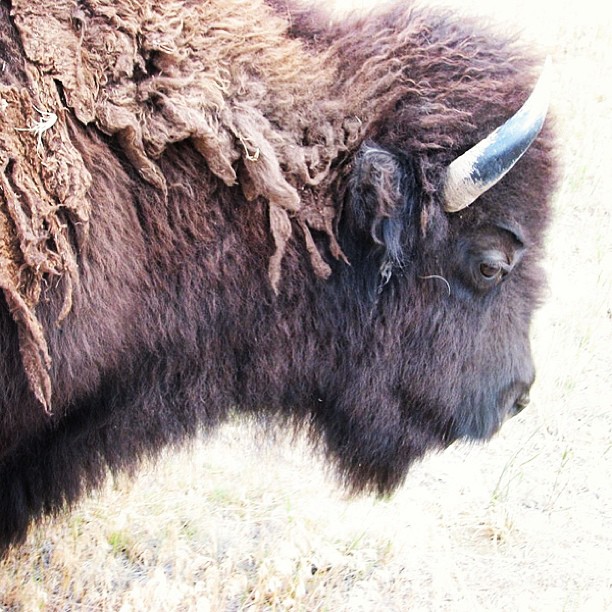
Those who saw the buffaloes by thousands and how they pawed the prairie sod into dust with their hoofs, their great heads down pawing on in a great pageant of dusk,
Those who saw the buffaloes are gone.
And the buffaloes are gone.
Happy to say they’re not, in fact, gone for good.
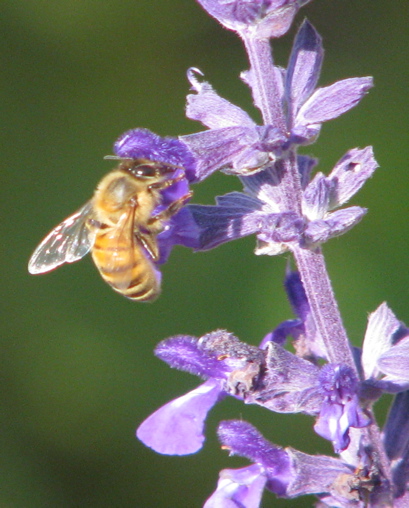
I know I’ve been singing this song for a long time, y’all, but it’s bad, bad, bad and getting worse.
Soaring Bee Deaths in 2012 Sound Alarm on Malady – NYTimes.com
“They looked so healthy last spring,” said Bill Dahle, 50, who owns Big Sky Honey in Fairview, Mont. “We were so proud of them. Then, about the first of September, they started to fall on their face, to die like crazy. We’ve been doing this 30 years, and we’ve never experienced this kind of loss before.”
When beekeepers and scientists first starting investigating colony collapse disorder, causes were uncertain. Rowan Jacobsen’s excellent book, Fruitless Fall, explores possible reasons. (Here’s one of my many posts about the book.)
Five years later, we have a much clearer idea of exactly what is happening, and it’s very bad news.
But many beekeepers suspect the biggest culprit is the growing soup of pesticides, fungicides and herbicides that are used to control pests.
While each substance has been certified, there has been less study of their combined effects. Nor, many critics say, have scientists sufficiently studied the impact of neonicotinoids, the nicotine-derived pesticide that European regulators implicate in bee deaths.
The explosive growth of neonicotinoids since 2005 has roughly tracked rising bee deaths.
Neonics, as farmers call them, are applied in smaller doses than older pesticides. They are systemic pesticides, often embedded in seeds so that the plant itself carries the chemical that kills insects that feed on it.
The pesticide is embedded in the seeds. I posted to another piece on this topic this last week, and these are just a couple of the many anxious reports I’ve picked up on my bee wire (Google Alerts, when they’re working) in the past few months. I know I’m probably preaching to the choir here, but I implore you to read up on this issue, if you haven’t yet, and to spread the word far and wide. If we lose the bees, we lose the world as we know it.
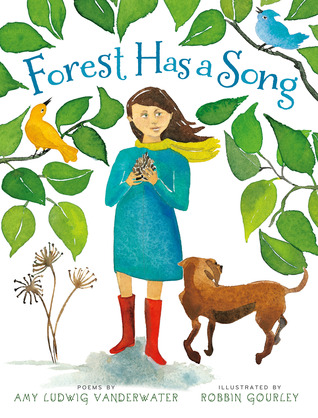
Forest Has a Song by Amy Ludwig VanDerwater, illustrated by Robbin Gourley.
Dear Amy,
My name is Rilla. I am 6. Mommy read Forest Has a Song to me. I think that It Is really pretty poetry and i also think that deer are pretty too. I really love nature. And deer are one of my favorite animals and it said a lot about deer. In the picture of the fiddlehead ferns, I really like the pattern of the colors. And the fossil looks so realistic. When I grow up i want to be an illustrator like Robbin Gourley. And also, i love the Spider poem and the Dusk poem. I love the never-tangling dangling spinner part. And I love baby animals. They’re so cute and fluffy when they’re birds at least.
One of my favorites is “Farewell.” How it says “I am Forest.”
Love,
Rilla

(Doggone spellcheck. She made me correct all her invented spellings—the red dots under her words tipped her off. Then again, “rhille priddy powatre” might have been hard for you to parse. Also, of course, recognizing that a word just looks wrong is a big step toward learning to spell and I can’t very well stand in the way of that progress just because the invented stuff is adorable.)

As for the book, I wholeheartedly agree with Rilla’s review. What a gorgeous, gorgeous volume. The poems sometimes wistful, sometimes whimsical, always lyrical. Beautiful for reading aloud, full of delicious internal rhyme and alliteration. And infectious: I predict a lot of original nature poetry in our future. This collection begs you to take a fresh look at the world around you and see the magic of the curled fern frond, the mushroom spore. Of course I’ve been a fan of Amy Ludwig VanDerwater’s work for years.
I can’t imagine a more perfect pairing for Amy’s poems than Robbin Gourley’s art. Lush watercolors, rich and soft. I kept coming across pages I’d like prints of. Actually, this is exactly the kind of book where you want a second copy for cutting up and framing. (If you can bear to. I always think I’d like to do that, but the one time I actually bought a spare copy for this purpose—Miss Rumphius—I couldn’t, in the end, bring myself to dismantle it.)
Beanie’s favorite poem was “Forest News”—
I stop to read
the Forest News
in mud or fallen snow.
Articles are printed
by critters on the go…
—which she loved for its intriguing animal-tracks descriptions, its sense of fun, and its kinship with her favorite Robert Frost poem, “A Patch of Old Snow.” (“It is speckled with grime as if / Small print overspread it, / The news of a day I’ve forgotten — / If I ever read it,” writes Frost, perusing a somewhat more somber edition of the woodsy chronicle.)
Wonderboy’s favorite was the puffball poem, and he later wrote (in his customary stream-of-consciousness style) this string of impressions the book made on him: “dead branch warning and woodpecker too dusk burrow in a burrow chickadee sit on my hand and come fly here”…
Truly beautiful work, Amy and Robbin.
Related post: The Poem House
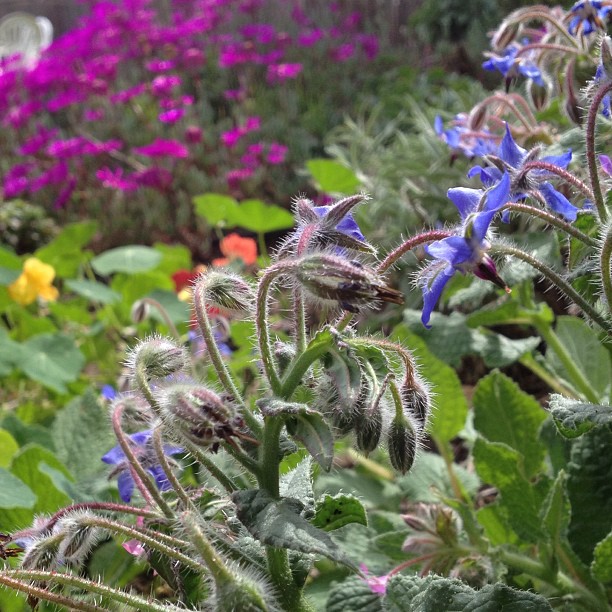
“Without honeybees, we may cease to be”
Fruitless Fall
Loaded my own pictures; they weren’t as blurry as I expected. Think we’ve got a positive ID on that white-tailed kite. A new one for my lifetime birding list!




Reposting Rose’s photo (the best of the lot by far) so we’ll have them all together:

White-Tailed Kite info













